This has enabled me to produce the following cropped images.
| heddon_on_the_wall.kmz |
Article published in Heddon Gossip, December 2017
Today I want to discuss just one photograph in our collection that was taken at probably the most important time for our village. It was the time when housing developments on both the west and east sides saw an expansion of Heddon from its original tiny core around St Andrew’s Church, greatly increasing the population and making it the dormitory village it is today.
You can view the photograph on the Heddon Local History website above.
The photo I am describing is a black and white aerial photograph of the village taken from a location high above the quarries on Heddon Common looking east towards Throckley. It dates from around 1961, some 56 years ago. Who flew the plane and took the photo I don’t have recorded; I think it may have been one of the local newspapers or even publicity to sell the new houses.
We had a small copy of the photo for some time but an enlargement of 15 x 12 inches recently came to me courtesy of the daughter of George Clark, our former village historian.
The focus in the foreground is mainly on the Bainbridge Estate. The name comes from George Bainbridge, a local builder. It shows many newly built houses and bungalows, neat drives (with the gravel centre where my wild strawberries grew on Aquila Drive) and pristine white pavements. Some houses on the outside edge of this estate are still only foundations or as yet un-started.
Killiebrigs and the lower properties of Heddon Banks came even later.
East of the village is another building site for the Vallum Estate (Craigie was the builder) with the roads laid out, but only a few houses completed, mainly on Valerian Avenue.
Grass fields run from beside the old Post Office on Hexham Road. The Welfare Field (park) is little more than a field but next to it another field would eventually be the site of the new school. Building was started in 1962, held up by the severe winter weather and completed in 1963. The shops in Taverna Place were built around the same time.
In the older part of Heddon between the two estates, many of the old properties have been demolished, including the Square Yard adjacent to the Swan, Mushroom Row, and Jubilee Houses near the modern library. The single storey houses that made up the north part of the terrace of Blue Row were removed to provide access to the Vallum estate. Centurion Way had already been built to connect Heddon Banks and Station Road, and the bungalows of Overhill and the Council houses were completed.
The Three Tuns is very prominent on the left side of the photo and the Hexham Road makes a sharp S-bend in front, as the Co-op store still occupies the old smithy that jutted out from it opposite the Memorial Park. Later, this was partly demolished, the road realigned, and Throckley Co-op relocated to its new store on Taverna Close (now the children’s nursery).
The straight line of the old road through Heddon to Throckley and Walbottle (largely on the line of Hadrian’s Wall) makes a prominent diagonal on the left side. This was the old A69. Beyond it, the fields have been devastated by open-cast coal mining with an access road provided just beyond where there are now trees on the Great Hill, close to where the houses start on Throckley Road. The new road layout in Heddon to the north of the farmhouse of Town Farm would come later with reinstatement of the land and the new A69 bypass to the north.
In the distance you can just make out the Throckley Isabella pit and the pit at North Walbottle before the view east is lost in 1960’s smog towards Newcastle.
This would make a good photo for a Past & Present comparison but you would need an aeroplane or at least a drone to take the present photo. On the website you can find one I have made from a modern aerial image from a similar viewpoint flying with Google Earth.

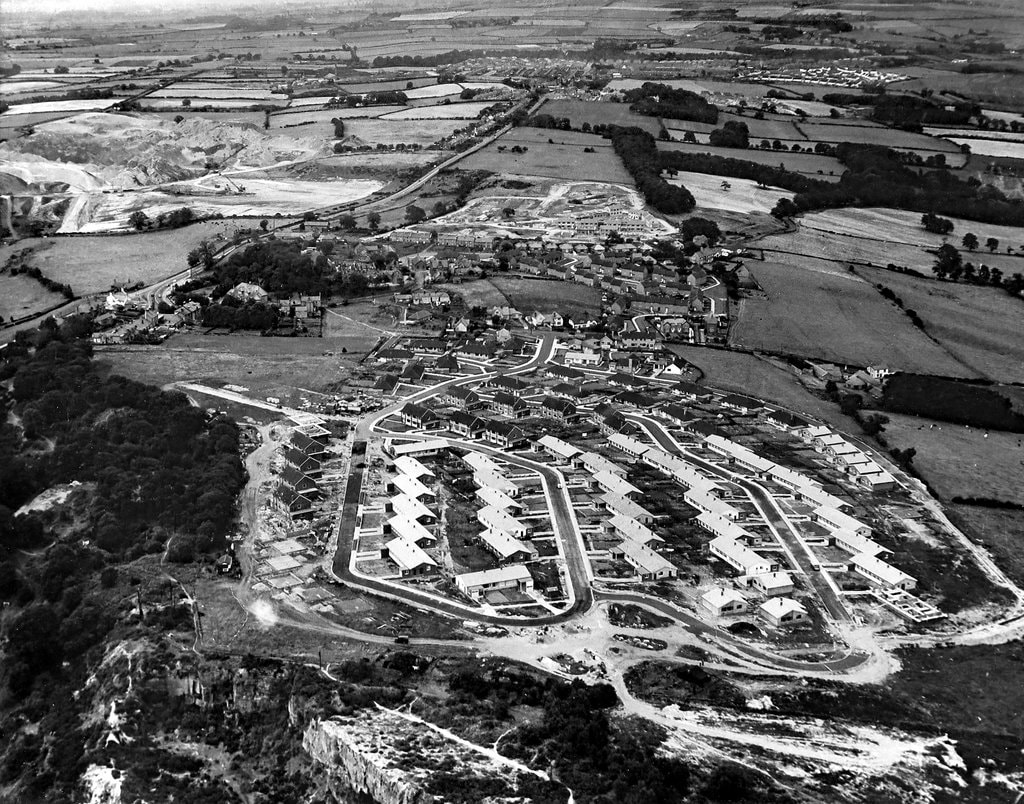
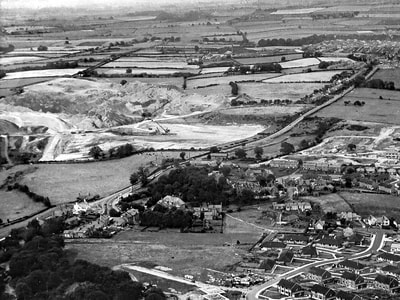
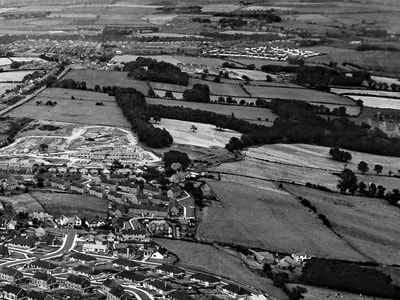
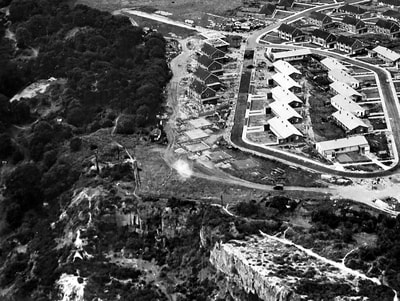
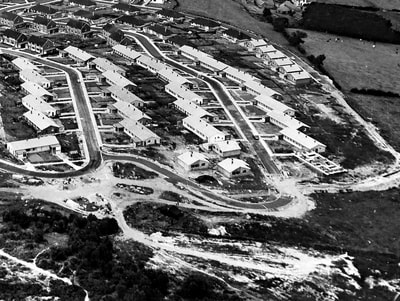
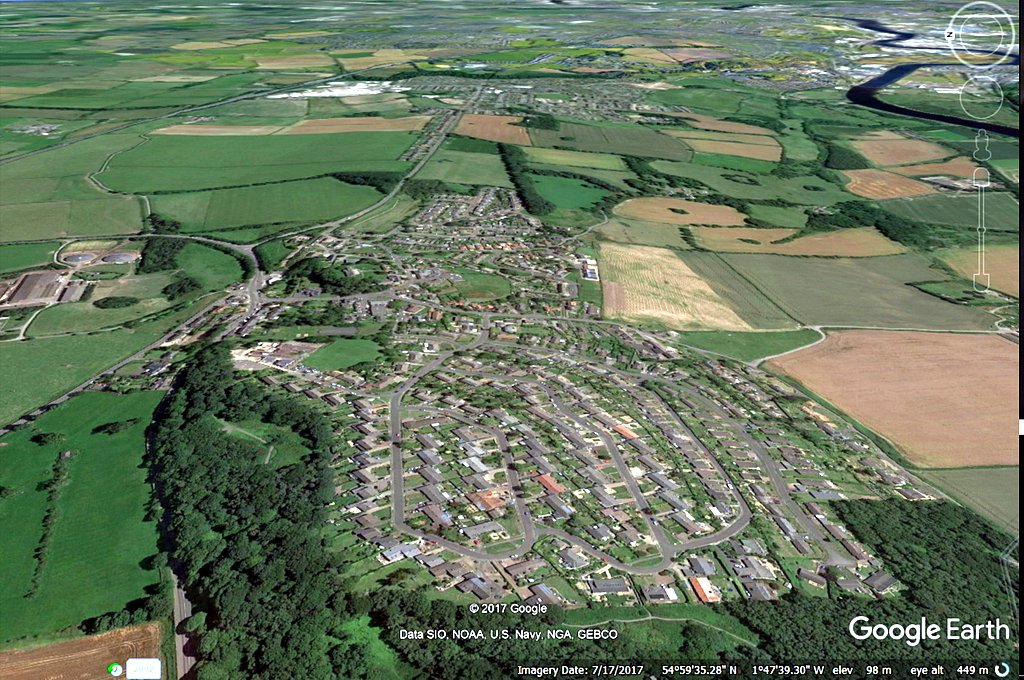
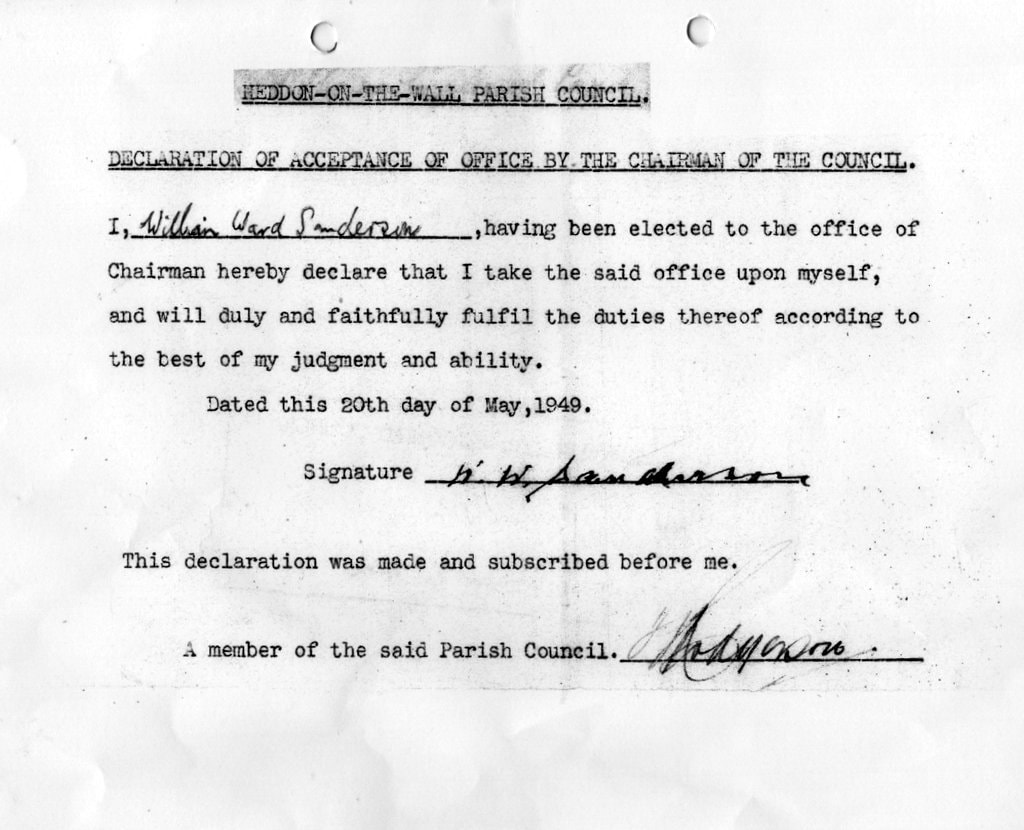
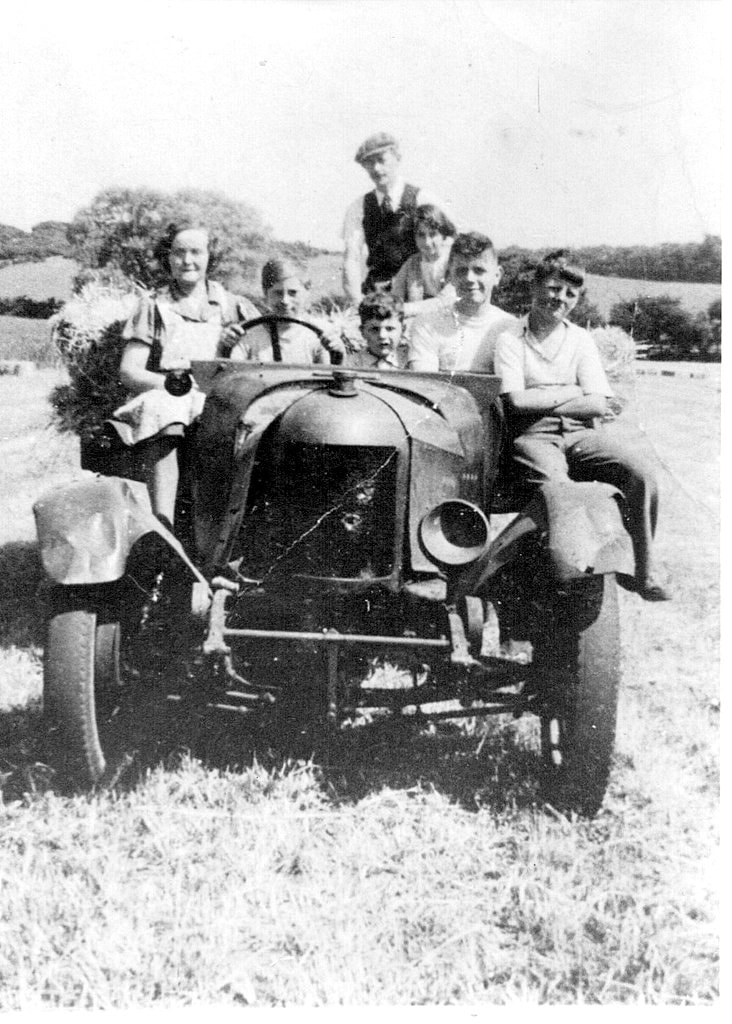

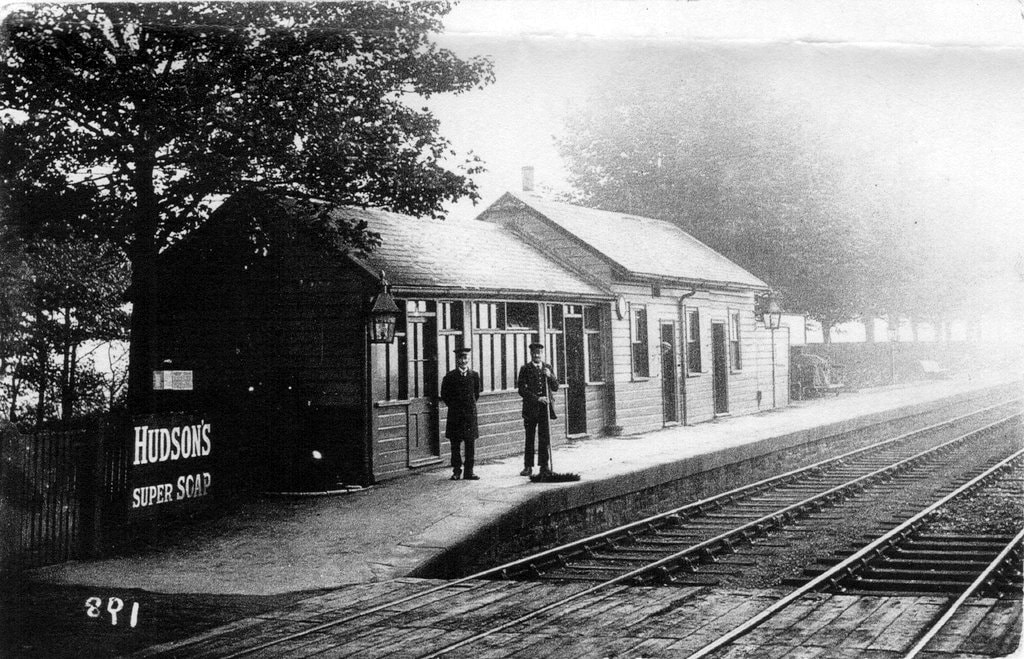


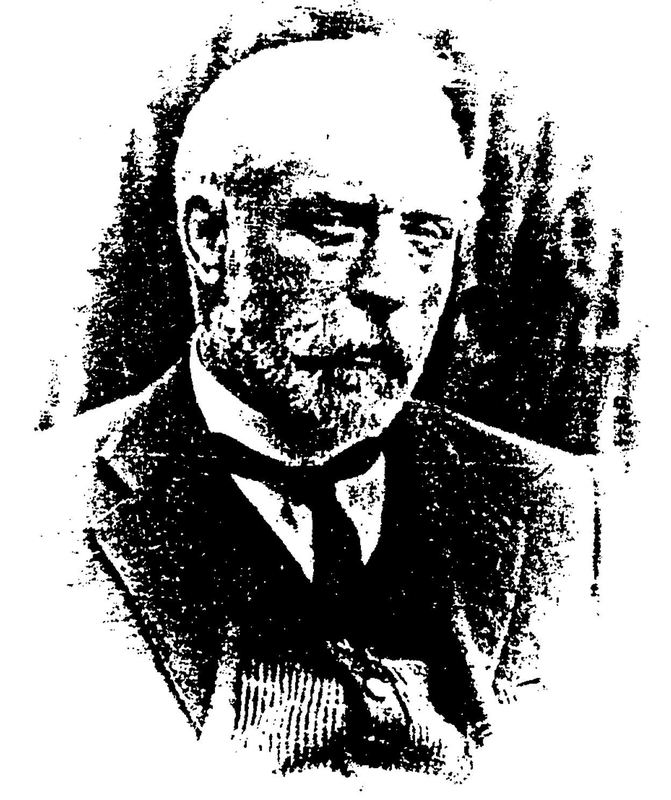
 RSS Feed
RSS Feed
